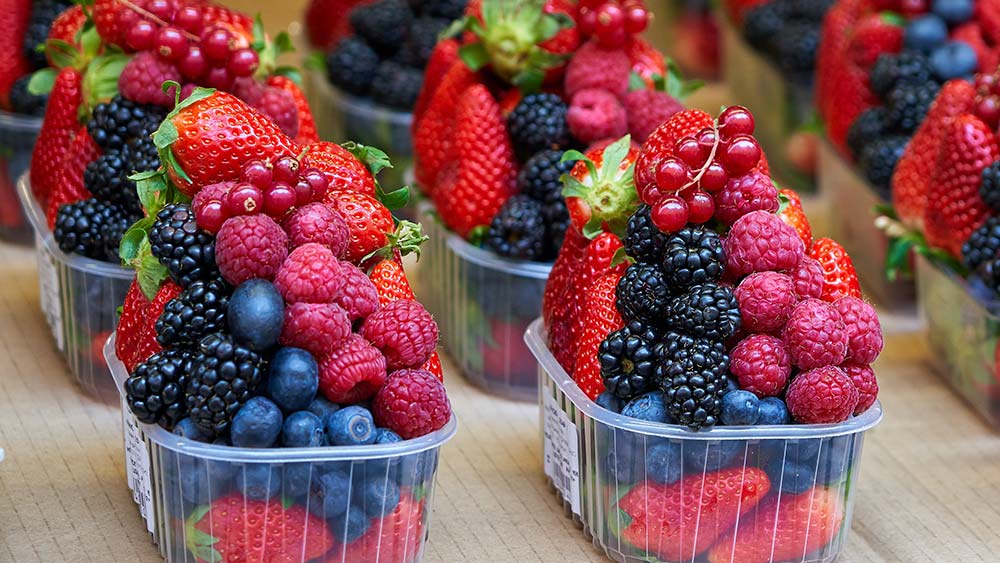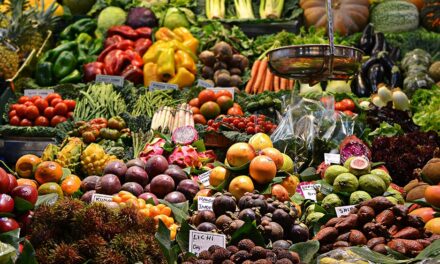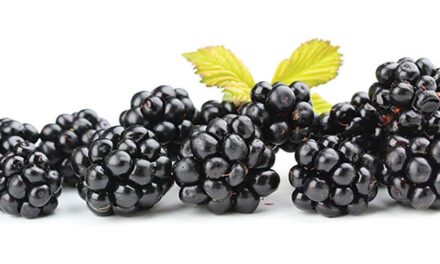You may have seen labels on foods and produce advertising antioxidants, or you may have heard those around you speak of wanting to have more antioxidants in their diet. So now you may be wondering if these ‘so-called’ antioxidants can live up to their hype. To fulfill your curiosity I will first have to explain what oxidation is, what happens when oxidation stress occurs, and the important role that antioxidants play in our lives.
OXIDATION
Oxygen is a paradoxical substance. On one hand we would die without it—within a few minutes—and on the other, it has the ability to cause mass destruction (think premature aging and disease). When oxygen and another substance meet, the reaction causes the substance to lose one or more electrons, which normally stabilize molecules. Electrons like to travel in pairs, so when an electron is lost the substance becomes a free radical; meaning the substance becomes more unstable and thereby highly reactive. Free radicals have the ability to cause massive cell damage; so much that it can make the cell membrane vulnerable to outside influences. Fortunately, your body produces certain enzymes—called antioxidant enzymes—that can control excess oxidative damage. It is also important to note that some free radicals are actually good for the body since some are necessary for various biological processes.
OXIDATIVE STRESS
What really makes free radicals dangerous is when the body experiences an obsessive amount of oxidation, in other words oxidative stress. Oxidative stress occurs when free radical production and the body’s capability of counteracting these negative effects are disproportionate. Diseases such as Parkinson’s disease, Alzheimer’s disease, cancers, chronic fatigue syndrome, heart and blood vessel disorders, heart failure, heart attack and inflammatory diseases can all occur due to excess oxidative stress.1 As mentioned, oxidative stress is also a major culprit in premature aging.
ANTIOXIDANTS
Now what exactly is an antioxidant? The word antioxidant can be easily defined by its prefix; “anti” meaning against. Antioxidants prohibit the negative effects of excess oxidation by removing free radical intermediates and acting as reducing agents by being oxidized themselves.2 In other words, antioxidants are selfless molecules that donate their own electrons to unstabilized molecules in order to bring stability to them once again.
Since antioxidants have the ability to combat the negative effects of oxidation and oxidative stress, they can also help prevent disease and other assaults on your health. Antioxidants come in a variety of forms, however you can find an abundance of them in the vegetable and fruit kingdom. It turns out that the differing colors of your favorite produce have varying abilities to block excess oxidation. For instance the red to blue, black and purple colors found in the berry family contain a group of phytonutrients that have been shown to exhibit significant antioxidant protection to your cells. In fact just two such antioxidants—quercetin and ellagic acid—are known for their ability to protect against cancer and heart disease3 and cruciferous vegetables like broccoli, cauliflower, and cabbage contain antioxidants— called isothiocyanates—that work to balance hormones and even lower excess cholesterol levels4,5.
Now you are aware of the importance of antioxidants and why eating a variety—primarily organically produced—of the vegetables and fruits are so important to maintaining a healthy antioxidant reservoir. Consuming the right vegetables and fruits full of antioxidants can help you live a healthy, disease free life.
Here is a list of foods that are known for their high antioxidant levels (measured as ORAC or Oxygen radical absorbance capacity):
- Small Red Beans (13727 per serving)
- Plums (4,118 Per serving)
- Cranberry (8,983 per serving)
- Blackberry (7,701 per serving)
- Raspberry (6,058 per serving)
- Pecan (5,095 per serving)6
As you can see making foods filled with antioxidants a part of your diet is not just some fad that will go away; it is an important factor for your health. With so much pollution and other elements you encounter in your everyday life it is important that you make every effort possible to stay healthy.
References:
- Mandal, Dr. Ananya, MD. “What Is Oxidative Stress?” News-Medical.net. News Medical, 14 Jan. 2014. Web. 28 Oct. 2014.
- “Antioxidant.” Wikipedia. Wikimedia Foundation, n.d. Web. 29 Oct. 2014.
- Aherne SA, O’Brien NM. Protection by the flavonoids myricetin, quercetin, and rutin against hydrogen peroxide-induced DNA damage in Caco-2 and Hep G2 cells. Nutr Cancer. 1999;34(2):160 –6.
- Fucic A et al. Environmental exposure to xenoestrogens and oestrogen related cancers: reproductive system, breast, lung, kidney, pancreas, and brain. Environ Health. 2012;11 Suppl 1:S8.
- Kushad MM, Brown AF, Kurilich AC, et al. Variation of glucosinolates in vegetable crops of Brassica oleracea. J Agric Food Chem 1999 Apr;47(4):1541–8. 1999.
- “20 Common Foods With the Most Antioxidants.” WebMD. Ed. Charlotte E. Grayson Mathis. WebMD, 1 Apr. 2005. Web. 29 Oct. 2014.











